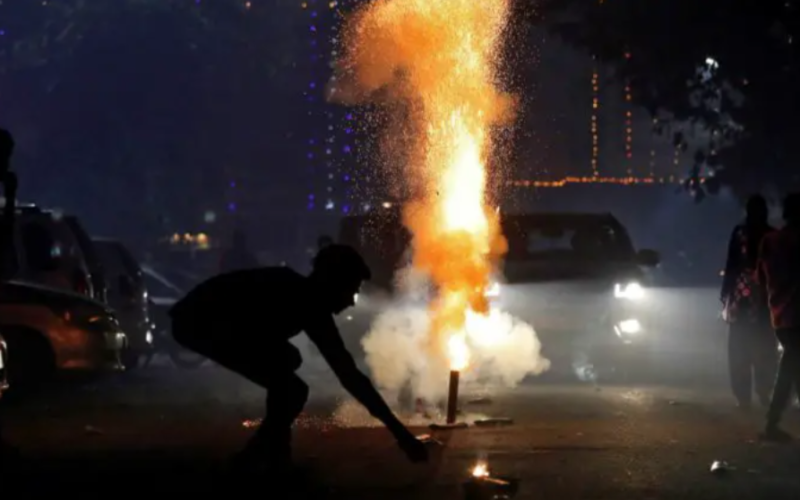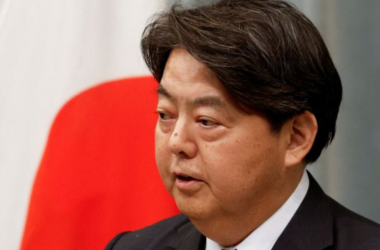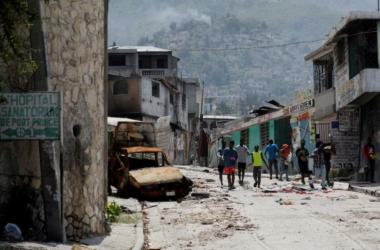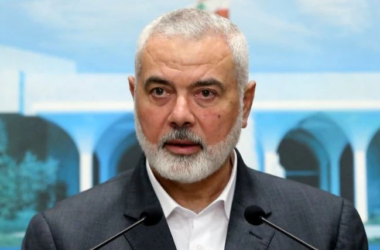Following Diwali celebrations, New Delhi, as is often the case, emerged as the city with the highest pollution levels. The air quality index (AQI) for the capital stood at 420, categorizing it as ‘hazardous,’ according to Swiss group IQAir. Joining New Delhi in the top 10 were Kolkata in India’s east, securing the fourth position with an AQI of 196, and Mumbai, the financial capital, ranking eighth with an AQI of 163.
An AQI level of 400–500 is considered hazardous and poses risks to both healthy individuals and those with pre-existing health conditions. Levels in the range of 150–200 bring discomfort, particularly for individuals with asthma, lung, and heart problems. The contrastingly lower levels of 0–50 are deemed good for air quality.
Despite annual bans on firecrackers, authorities face challenges in enforcing these restrictions effectively. The allure of festive celebrations often results in a surge in firecracker usage, contributing to a significant spike in pollution levels. The impact is not limited to immediate discomfort but also poses health risks, especially for vulnerable populations.
Air quality in India typically worsens as winter approaches, with cold air trapping pollutants from various sources, including vehicles, industrial activities, construction dust, and agricultural waste burning. In response to this annual challenge, New Delhi authorities have, on occasion, implemented restrictions on vehicle usage. However, the effectiveness of such measures remains a subject of ongoing evaluation.
As three Indian cities grapple with elevated pollution levels post-Diwali, the broader implications for public health and environmental sustainability come to the forefront. Balancing the cultural significance of festivals with the need for stringent regulatory measures remains a complex challenge. Authorities continue to explore strategies to mitigate the impact of festive celebrations on air quality, emphasizing the importance of sustained efforts to address the recurring issue of pollution in India’s urban centers.








